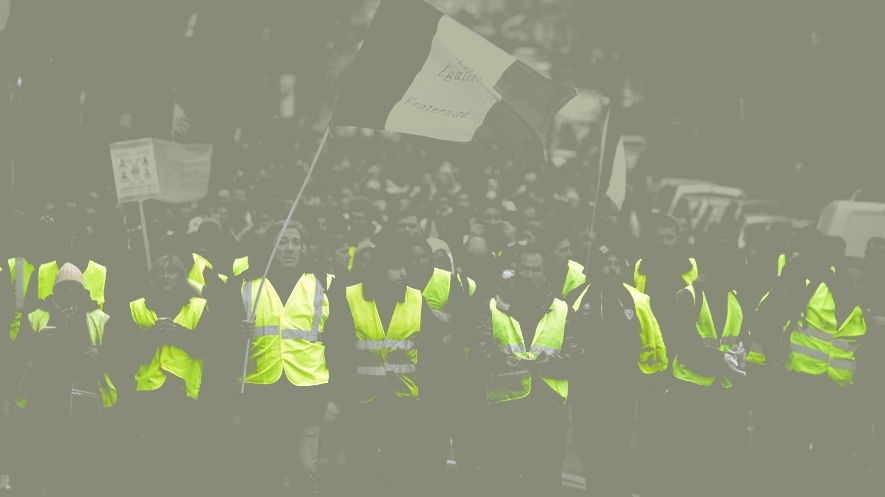ADS5: And Now You Know

About
Raising fuel taxes with the expectation fewer car journeys will result in lower carbon emissions while a crude and instrument is at least illustrative of socioeconomic and power disparity, raising the “gilet jaunes”, politicising and polarisation decarbonisation.
ADS5 spent its first year using EN15978, the globally agreed method for identifying and calculating the embodied carbon of a building across its lifespan. Proving, through its “Carbon Free Copy” exercise, how any building type can be detailed with a negative carbon outcome. That is sequestering more CO2 than it emits through its materials and construction. This second year expanded the study by demonstrating operational carbon can also be negative by providing more renewable energy than a building needs, supplying the excess to adjacent communities and the grid.
On the main, this year’s work was intended to explore how decarbonisation avoids remaining at best mute, swapping one material for another at the same financial but better carbon cost. Ethics don't stop at material choices for safer, lower cost and carbon buildings but account for and improve context, including that outside the site boundary.
Masterplanning 4,000 new homes that need two schools, while the local high street is failing and the library is being closed down? Amalgamate the two schools and turn their libraries, dining and assembly/sports halls dual aspect so they become high street active out of school hours.
Building low carbon UN funded schools in a refugee camp with the unintended consequence of local politicians being harassed for their inadequate education efforts, resulting in the UN schools being deemed illegal and demolished (cheaper than building better schools)? Build local libraries/seminar rooms/community hubs open to local and refugee communities. A school by another name serving and integrating both from childhood, and offering genuine ‘common ground’ for adults.
How do you decarbonise Chinese construction habits while attempting to better living conditions without displacing 70% of the urban migrant worker population; living eight to a room and with wc’s and kitchens in the same room? Government’s and resisted solution has been wholesale demolition. Light weight timber upward expansion before some buildings are decanted, replaced with open public space and taller structures. Increasing the local population by 10%, landowners income and reducing central government costs.
Farming UK coastal land that requires £bn in sea defences and drainage? Allow it to flood, returning it to salt marsh, 6-10 times the carbon sink/ha of woodland, offering a higher income to landowners than arable and pasture. Creating an industry in carbon sequestering materials and lowering government sea and flood plain defence costs.
Now we know.